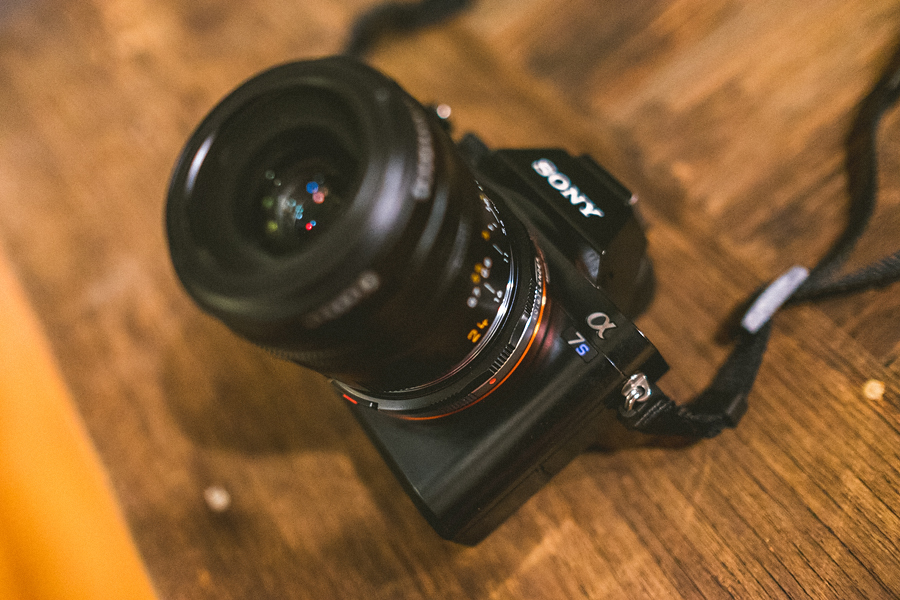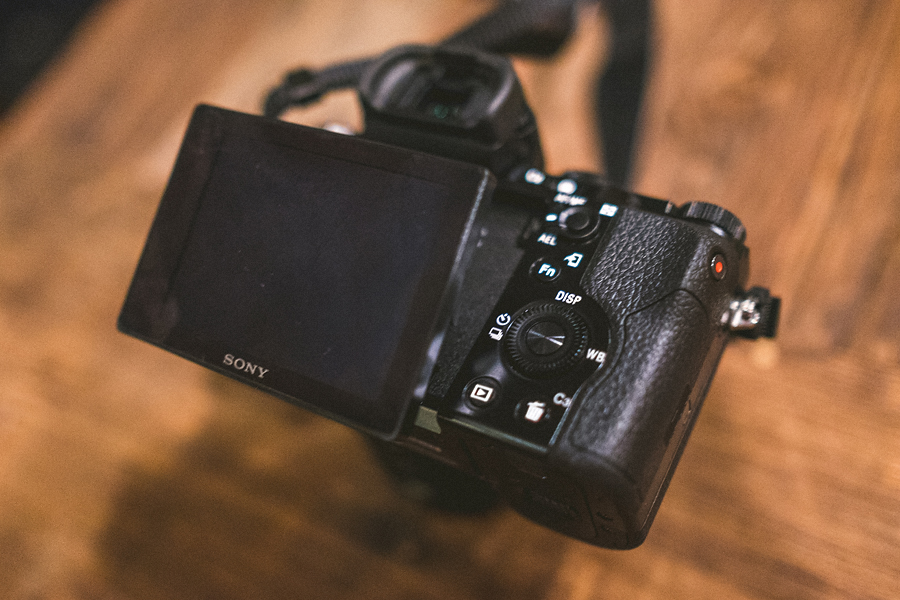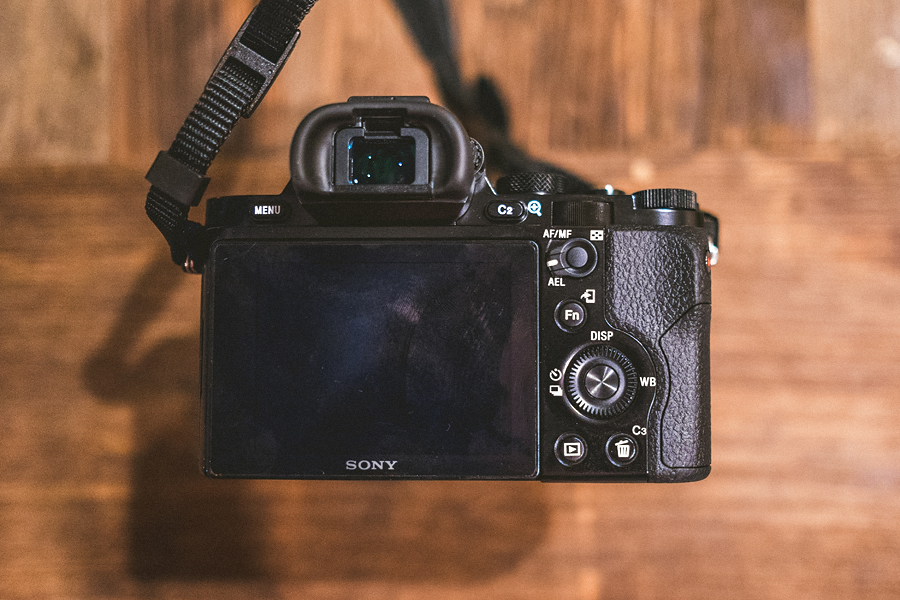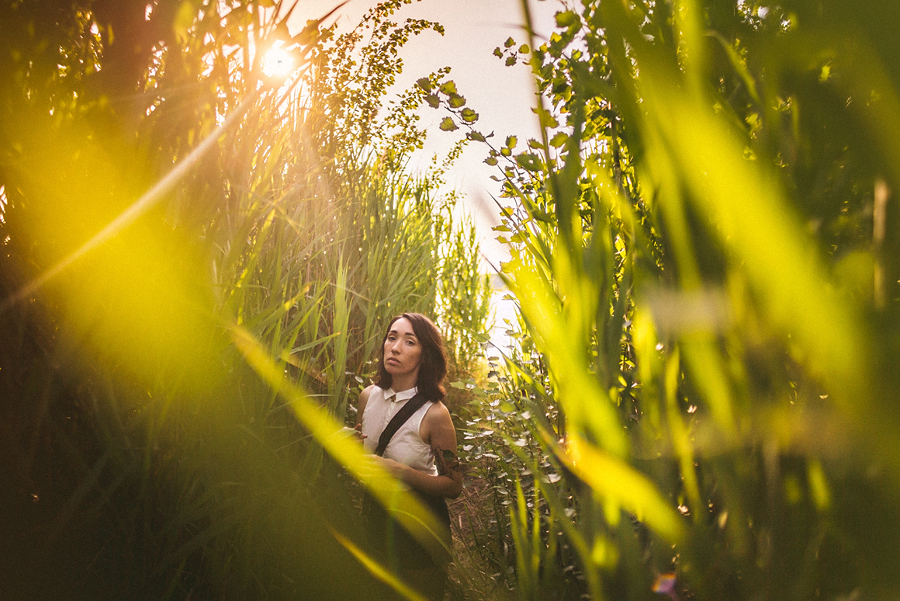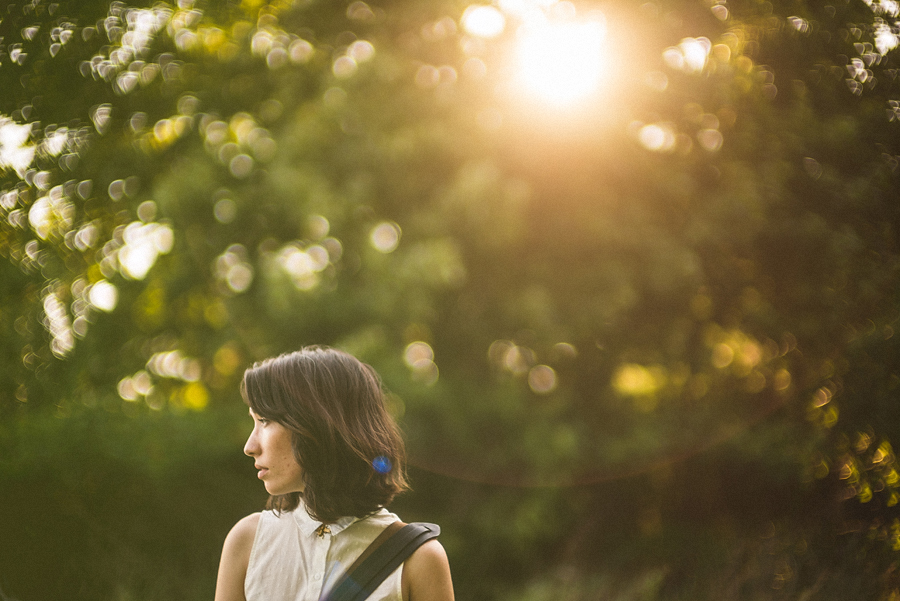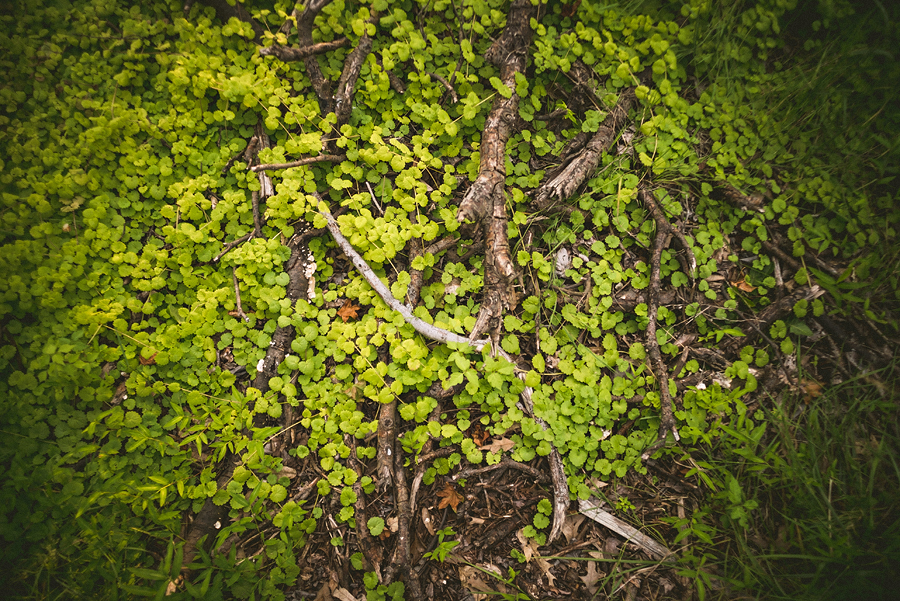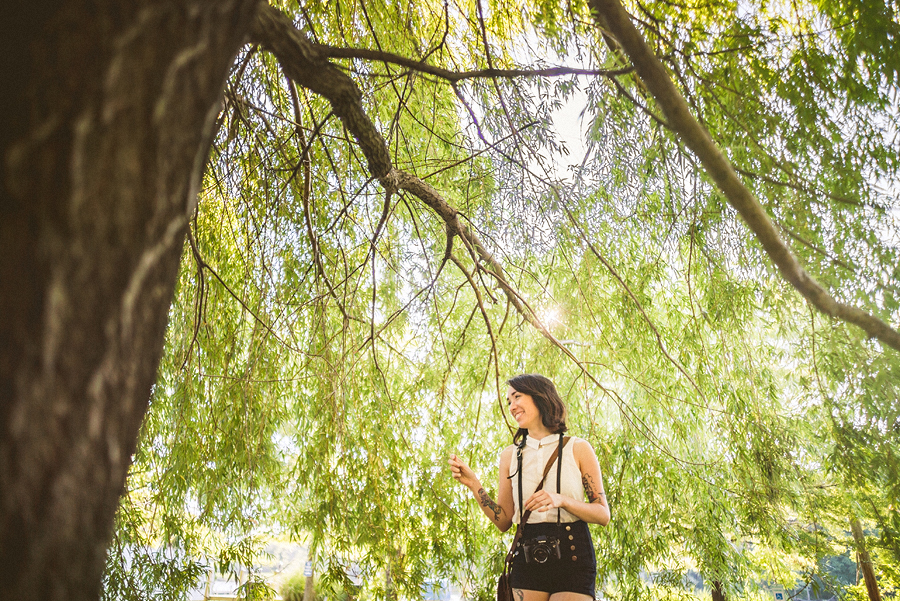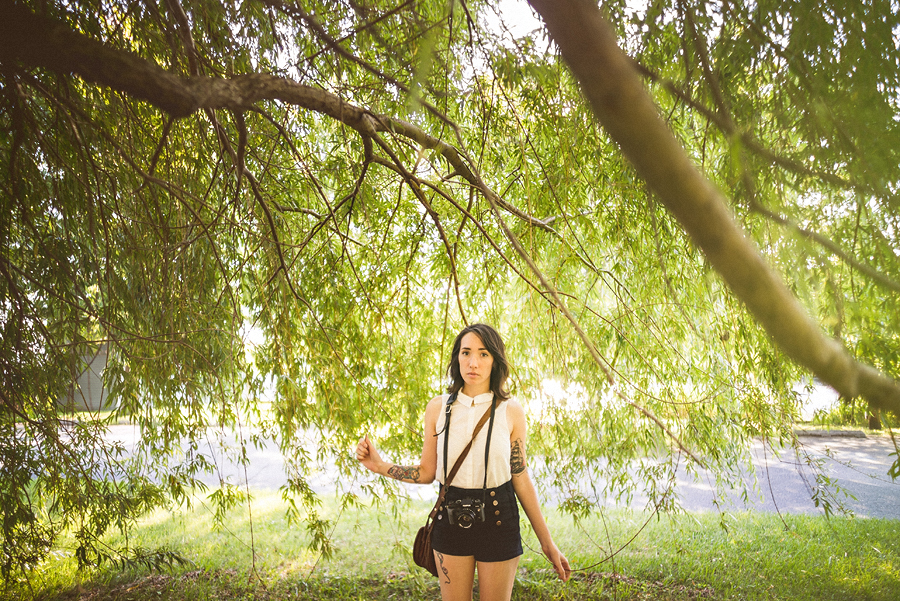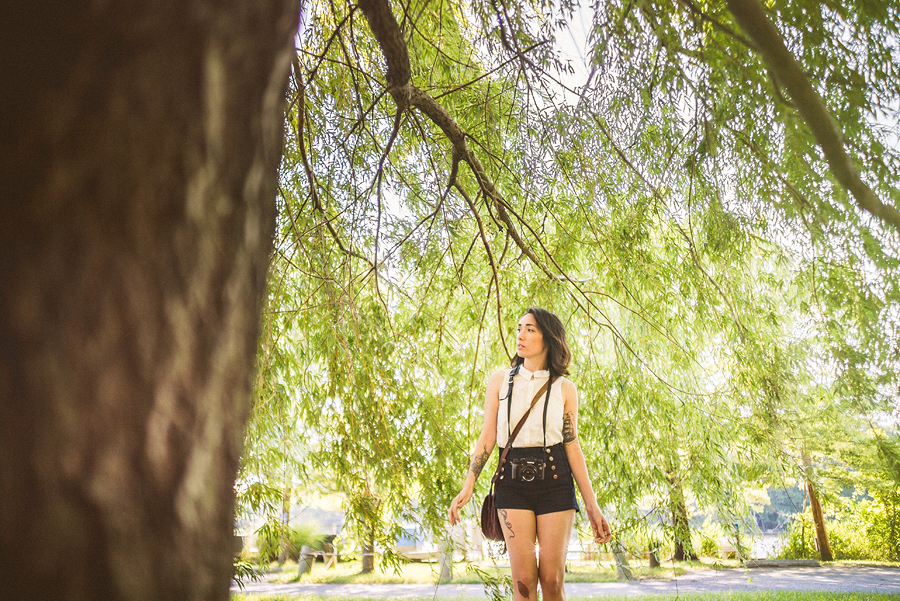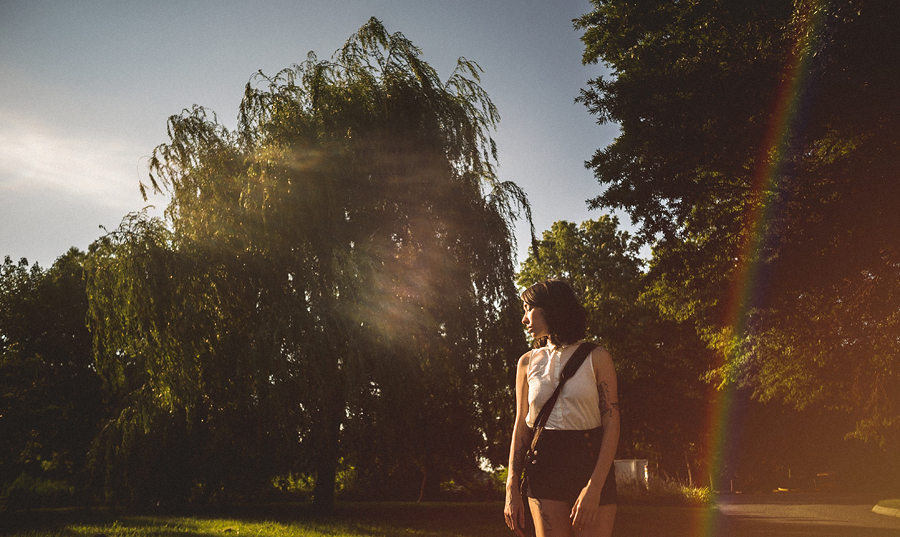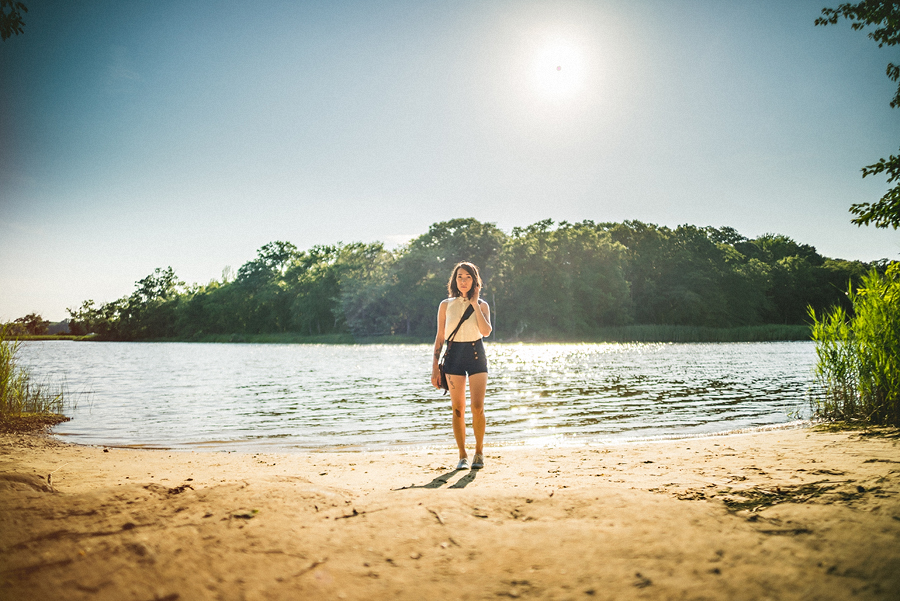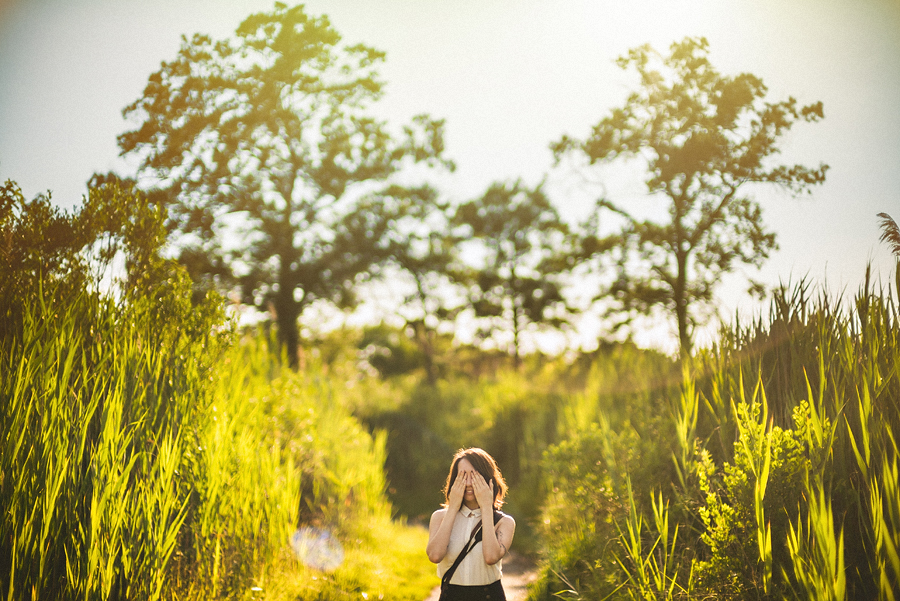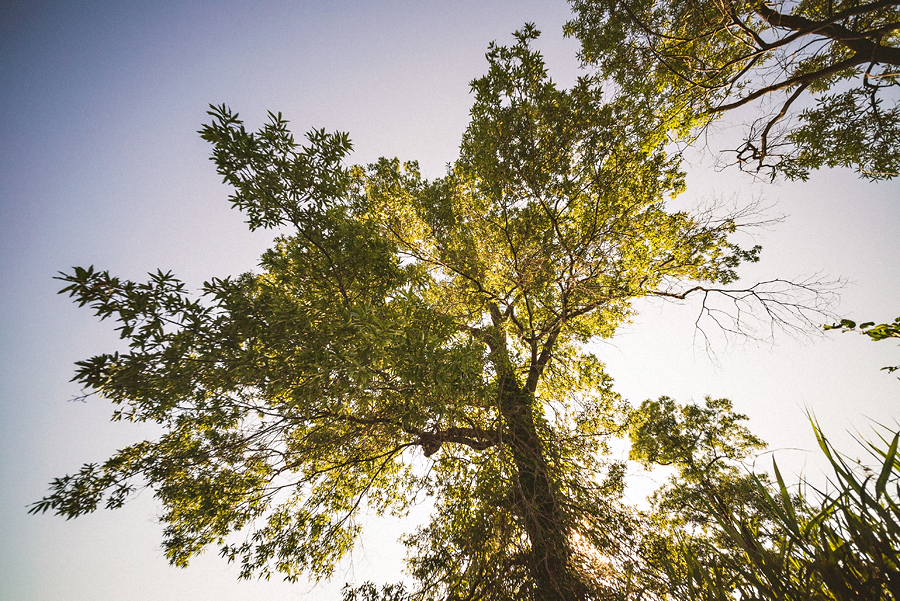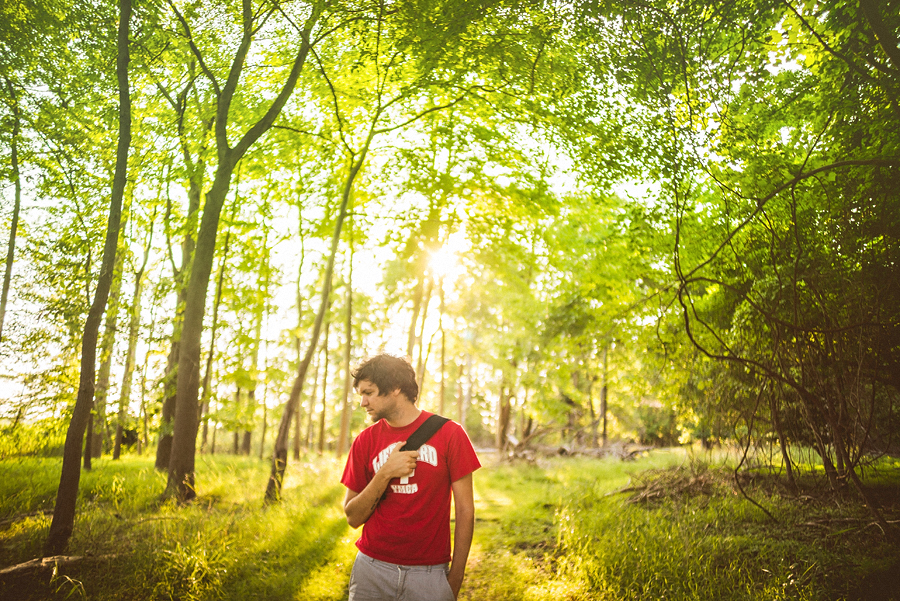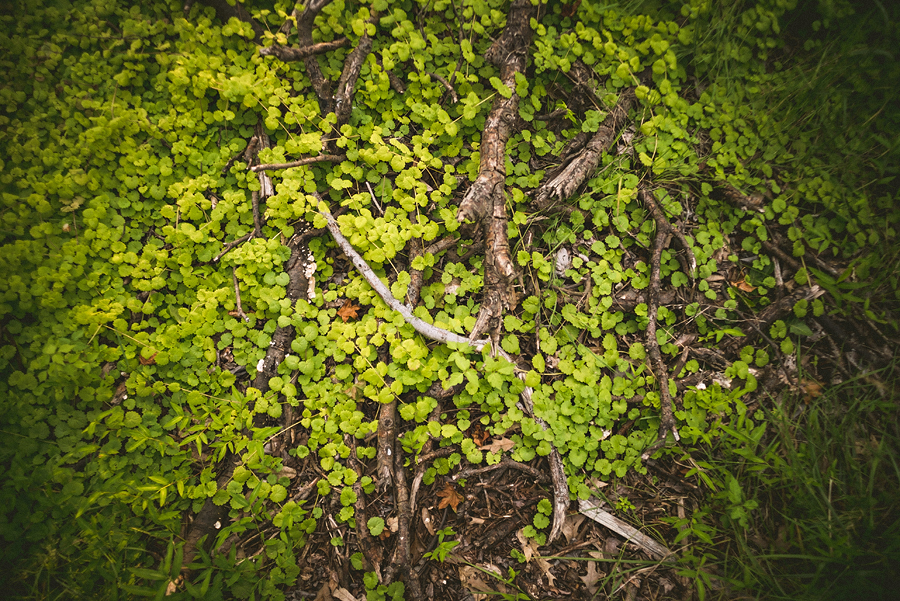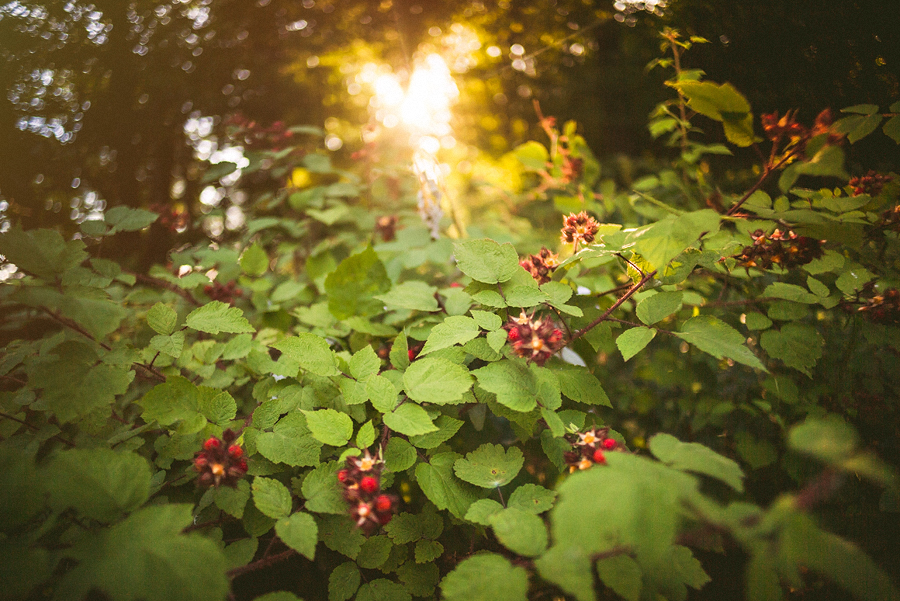This is my real world review of the long awaited Sony a7s. I’ve gone through the Sony a7, a7R, and now finally sony gets it (mostly) right with the a7s. Normally, I wouldn’t write a review about a camera so quickly after receiving it, however it’s an identical camera body and software interface to the previous two sony a7 seriescameras so I already had a good idea about everything.
THE QUICK
Though it’s still not about to replace my Nikon D4s the Sony a7s is the absolute best digital camera for leica lenses, for quiet street shooters, and for virtually any other type of photographer I can think of where huge resolution isn’t needed. The sensor quality in terms of iso, color, and resolution (yes! 12MP is enough for me) is superb and the 100% silent mode even at full resolution RAW is an absolute dream to shoot with.
THE BUILD
The A7 series all have nearly identical builds. It feels a bit plasticy, but is a magnesium alloy body. It holds comfortably, but is a tad small. It’s a travel photographer’s dream camera, however the overall appearance and function of the camera has a sterile feel to it that leaves me pretty uninspired. Compared to a Leica M 240, this camera is downright ugly, but it does what it needs to do and has no shortage of customizable menus and buttons to get you what you need faster. I didn’t take a photo of it, but it loads the battery from the bottom and the single SD memory card from the side.
Charging the battery is actually really useful when you’re on the go. You can plug in a micro usb cable to the side of the camera and charge it using a USB port without any other hardware needed.
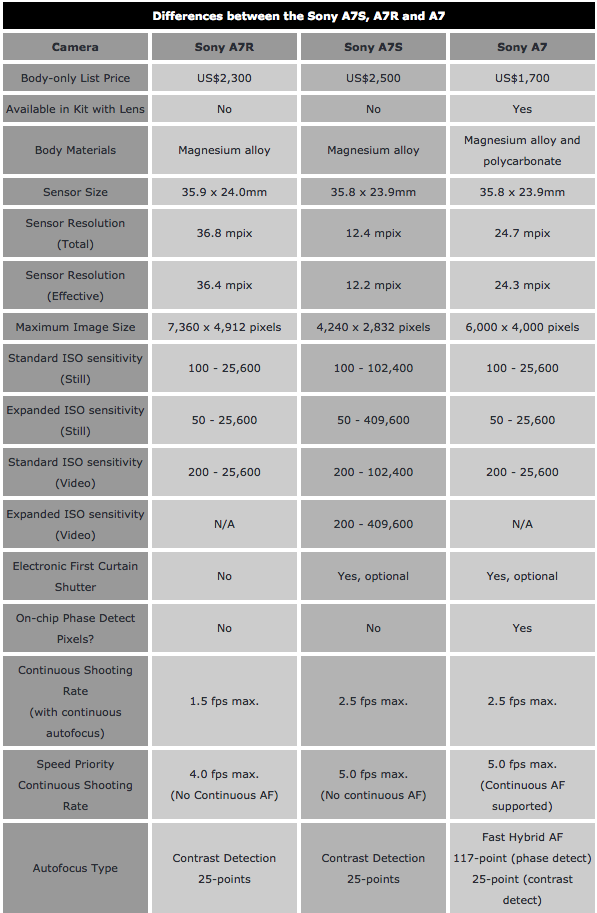
THE USE
First Impressions
When I first purchased the a7s’s older brother the a7r months ago I had no idea what I would use it for… other than a cheaper alternative for my Leica lenses. 36MP was WAY more resolution than I needed, but I was hoping for some killer dynamic range. The camera certainly has that, but at a cost – the high ISO maxes out at 12,500 and you have to downres the files to get useable performance from it. So, my a7r mostly sat as a fun side camera I’d occasionally use when I really wanted to use my Leica lenses for some reason. The sensor’s color, ISO performance, and overall feel of the camera’s annoying loud shutter was just uninspiring for me.
Completely Silent Shooting
That brings me to the new a7s. From the moment I enabled “silent shooting” I knew I would be hooked no matter what. The new electronic shutter on this camera literally makes it so you have ZERO noise what-so-ever while shooting…. and in burst mode (max 5 frames per second vs the a7r 1.5) it feels like you’re just kind of taking a movie clip. A movie clip with full res RAW files. It’s incredible and is likely to transform a lot about how I shoot.
It does have a caveat though – rolling shutter.
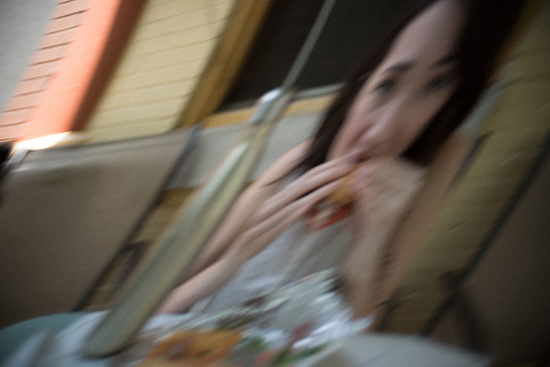
This incredible blurry and out of focus image is meant to show the effect of rolling shutter. Because the sensor is literally scanning the lines very quickly, but not quickly enough, from top to bottom if you’re moving quickly it will create the distortion known as rolling shutter. Won’t matter what shutter speed you’re using (in theory) it will be an issue if you shoot while jerking the camera around, or from a moving vehicle, or maybe even really fast object. For 99% of what I shoot this will not be a problem in the least, but it’s good to be aware of!
One last note is that if you prefer to have the sound of the shutter but still don’t want it to be at MAX volume you can enable e-front curtain shutter, which only has the sound of the front curtain, which is half as loud (give or take).
EVF (Electronic View Finder)
The a7s has the same EVF as its predecessors and continues to be the best I’ve seen. Beats the fuji cameras, kills the leica EVF, and continues to dominate everything else I’ve tried. It’s good enough to make me totally comfortable without my old optical viewfinder. It’s incredibly helpful for focusing too. Focus peaking enabled + the quality of this EVF makes shooting with my manual leica lenses very easy and it give me confidence to shoot at wide open apertures.
White Balance
Here’s an example comparing a SOOC photo from the a7r:
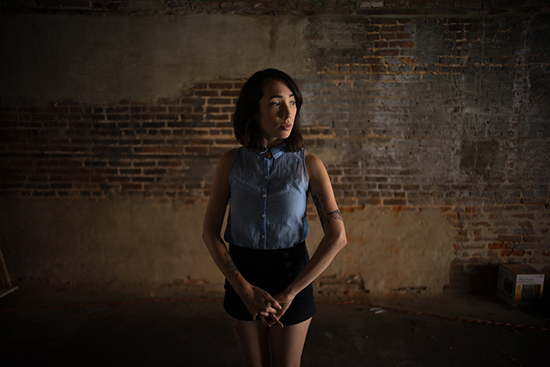
and here is the exact same lens, settings and spot w/ the a7s:
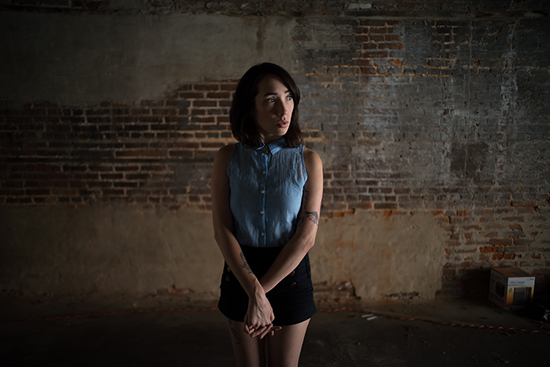
Obviously this is just a simple comparison, but the a7r auto white balances warmer and I’ve noticed this throughout extensive use of both cameras. I prefer the white balance of the a7s, however it doesn’t matter much anyway as I usually tweak white balance in post.
Battery Life
Battery has been noticeably less efficient with the a7s and I’m pretty sure it has to do with the silent shooting mode. As I mentioned earlier I’ve been using it in continuous image burst mode and it really is like I’m just taking a movie clip of full res RAW frames, so it’s very hard on the battery. But, batteries are cheap and the sony np-fw50 that the a7 series cameras use are easy to find.
Leica Lenses
I use the voigtlander vm-e close focus macro adapter with all of my leica lenses on this camera. This adapter decreases the minimum focus distance of any leica lens by A LOT. Haven’t done any calculations, but it’s incredible and opens up a whole new world of possibilities that aren’t physically possible with a leica body because they’re too thick. The voigtlander adapter is incredible and affordable and I highly recommend it if you’re using leica lenses.
The lenses I used in these photos were Leica 24 1.4, Leica 50 0.95, Leica 35 1.4, and Voigtlander 12mm f/5.6. Most of them are the Leica 24 1.4.
Sony Lenses and Autofocus
Around Christmas I picked up the sony 55 f/ 1.8 e mount lens to see how well the contrast detection autofocus worked on the a7r. I was not impressed. The lens had no character about it and overall I just felt it wasn’t worth the money. I returned it and haven’t been back. The a7s also uses contrast detection autofocus which is a real bummer because the a7 uses phase detect, which is far better. I’ll probably pick up a few sony lenses over the next few weeks and try them, but for me this camera is really just a gateway to my beloved Leica lenses, which I mentioned above. Being that silent mode would be incredibly useful for wedding ceremonies, I’ll likely pick up the rumored 55mm-150mm f/ 2.8 lens from sony that should be out this fall.
Dynamic Range and ISO
Here’s where things get a little weird. Let’s start with two comparison photos. Each photo is straight out of camera (SOOC) and then pushed 5 stops in lightroom to see how it handles bringing back the shadows. All settings are the same (iso 100)
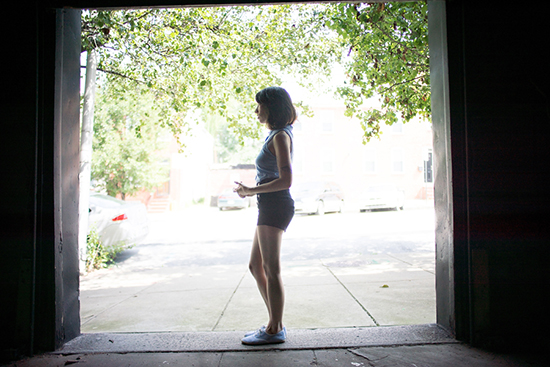
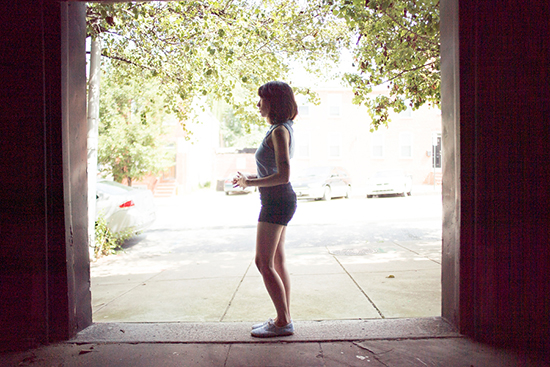
a7s looks kind of read and shitty, huh? I was surprised to see this because the same is not true at higher ISO values (photos below are at 12,800 iso and pushed 5 stops in lightroom)
a7r (download full res file):
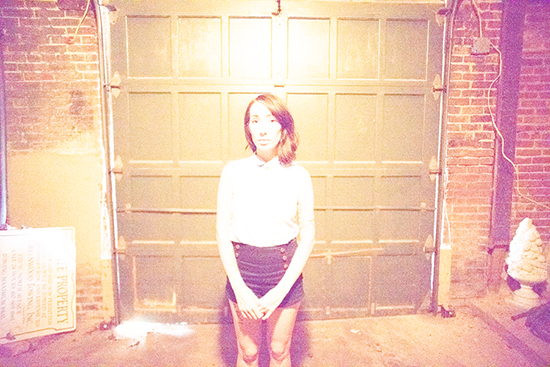
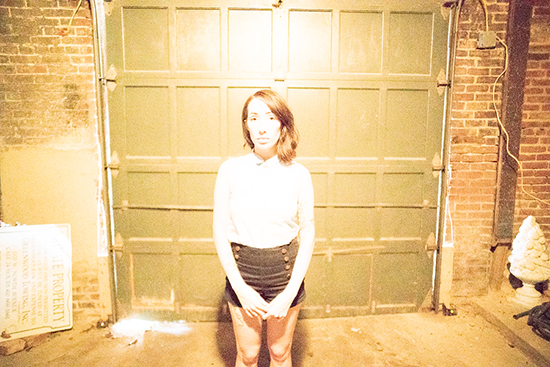
now it’s the a7r that looks kind of shitty and red, huh?
Of course, these are extreme cases of pushing the shadows, but it gives some insight into the differences between the a7r and a7s camera sensors.
Here is another more “real world” situation with just the a7s to see the maximum dynamic range I could push and pull from a single shot.
SOOC:
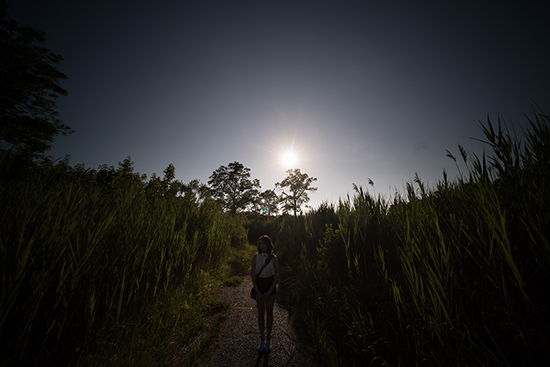
Edited:
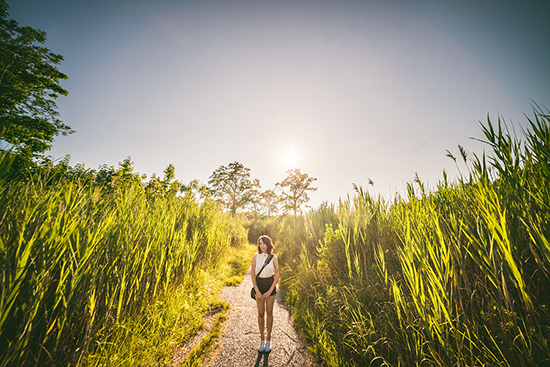
I was able to recover a LOT of shadows from the SOOC file to allow for maximum dynamic range and it looks pretty good, but judging from my tests in the garage, the a7r files would have looked even better.
It seems like the thing that everyone is clamoring for is an example of extremely high ISO that the a7s is touting. Well here ya go at 405,000 ISO SOOC.
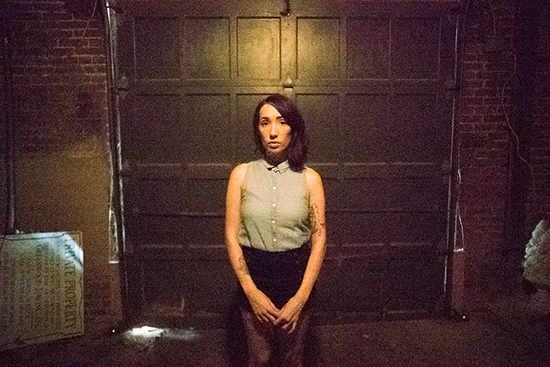
It’s actually really impressive, but likely not much good to most people. In my use, I’ve found that 25,000 is about the maximum usable ISO setting, which is about where the Nikon D4s sits.
So what does all this mean? Well, in my opinion, the a7s is your camera of choice if you don’t push and pull your files in post much and you want to be comfortable shooting at high ISO situations. The a7r is the winner if you’re shooting at base iso and need maximum dynamic range. I’m disappointed by this as I thought the a7s would win out in both situations, but that does not seem to be the case.
Video
I don’t care about this, but I hear it’s good for videographers.
Color
One of the issues I had with my a7r was the color produced. I could never really get the colors to be where I wanted – at least not easily. Well, that’s changed with the a7s. It’s tricky because color is such a subjective thing, but after a few days shooting with it I can say that the tones have a softer feel to them. They’re just pleasant files to work with and I can almost sort of see the “medium format” look that other users have mentioned.
Here are a few photos from shooting around yesterday. All taken in complete silence with various leica lenses (Click on images to view them larger)
THE TIPS
Don’t use silent mode when photographing fast moving objects or from fast moving vehicles.
Buy an extra battery or two if you’re shooting in silent mode.
THE CONCLUSION
Reviews of camera bodies are difficult. There are so many variables to consider that it quickly becomes overwhelming to think about how so many things effect other things and how differently all photographers approach their shooting. For me, this camera will stick with me until the next upgrade. The completely silent shooting, incredible EVF, and high iso are three things I just can’t do without with my style of photography. I’ve had a lot of people ask me if it would be replacing my D4s cameras and the answer to that is – of course not. The D4s is just a speed demon on all fronts, and I need that in the quick moving world of weddings. I might consider selling one of them and using the a7s as a secondary body as it would certainly be a lot lighter in my pack.
A lot of people have messaged me asking if it compares to “this” or “that” camera and the simplest way I can describe it is the sensor of a D4s or Df camera in overall best Full Frame mirrorless camera body around right now. It’s also the best convergence of a video camera and still image camera I can think of. Sadly, there are compromises on both sides, but it leaves me very excited about the direction Sony is heading.
If you own the a7 and don’t use autofocus much, it’d certainly go for the a7s.
If you own the a7r and don’t need the resolution, go for the a7s.
If you own a Leica m240 and can stand to use a camera body that’s relatively uninspired, go for the a7s.
Certainly can’t recommend it for everyone, but for me it’s a winner.
